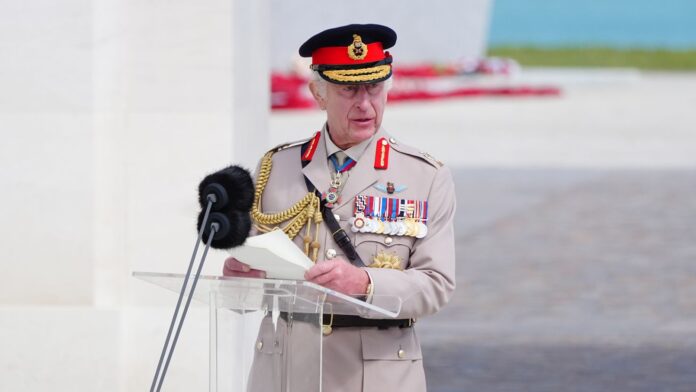Britain’s King Charles III has embarked on his first overseas trip since being diagnosed with cancer, traveling across the English Channel for commemorations marking the 80th anniversary of the 1944 D-Day Landings in Normandy.
Nearly 160,000 Allied troops landed on five stretches of the German-occupied Normandy coastline on June 6, 1944. Operation Overlord – as D-Day was codenamed – remains, to this day, the largest amphibious invasion in history, and was a crucial turning point in defeating the Nazis in World War II.
Omaha Beach was the deadliest of the landing sites as German forces were entrenched in fortified cliff positions above allowing them to fire on the first waves of US soldiers as they reached the shore.
Nearly 10,000 Allied troops were killed or wounded on D-Day. Exact figures of German casualties on the day are not known, however it has been estimated to be between 4,000 and 9,000 service personnel.
On Thursday morning, King Charles and Queen Camilla attended the UK Ministry of Defence and the Royal British Legion’s commemorative event at the British Normandy Memorial at Ver-sur-Mer. Charles is patron of both the Royal British Legion and Normandy Memorial Trust.
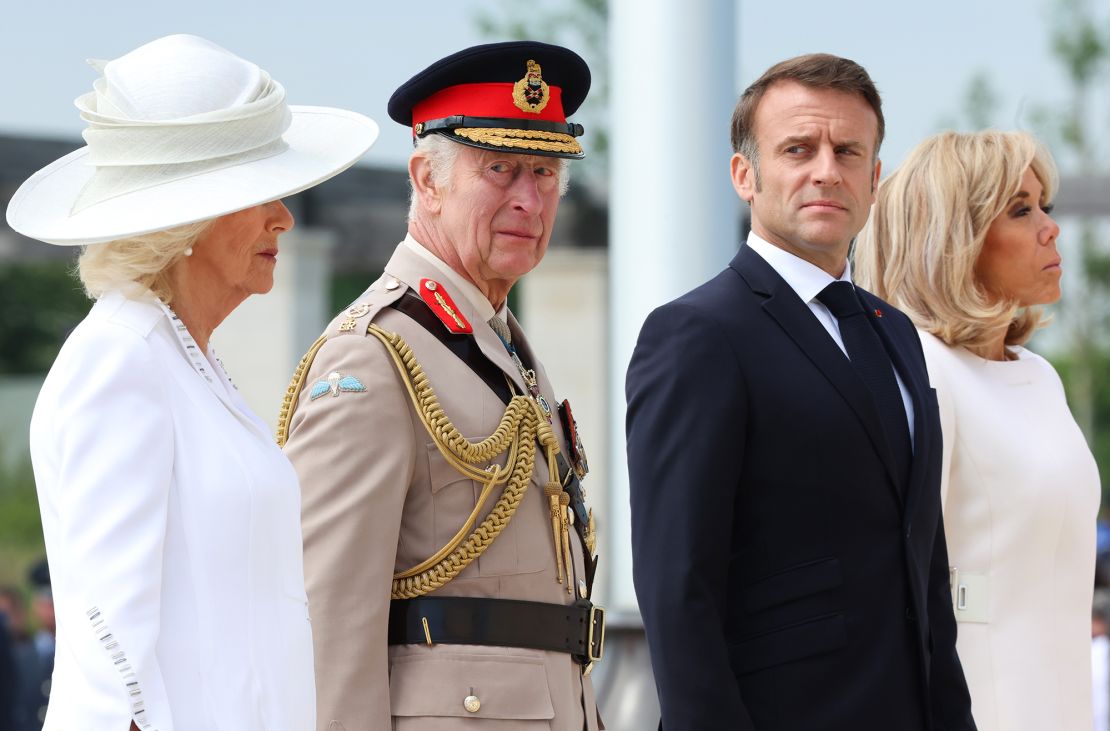
King Charles and Queen Camilla were joined by French President Emmanuel Macron and his wife Brigitte Macron at the British Normandy Memorial. Chris Jackson/Getty Images
The King urged allies to “recall lessons that come to us again and again,” while addressing D-Day veterans.
“How fortunate we were and the entire free world that a generation of men and women in the United Kingdom and other allied nations did not flinch when the moment came to face that test,” Charles said, adding that his grandfather, King George VI, described the events of D-Day as “the supreme test.”
Charles reflected on the qualities of the armed forces involved, saying they “carried out their duty with a humbling sense of resolve and determination.”
He also used the speech to reflect on the past through the lens of the present, saying: “We recall the lesson that comes to us again and again across the decades. Three nations must stand together to oppose tyranny.”
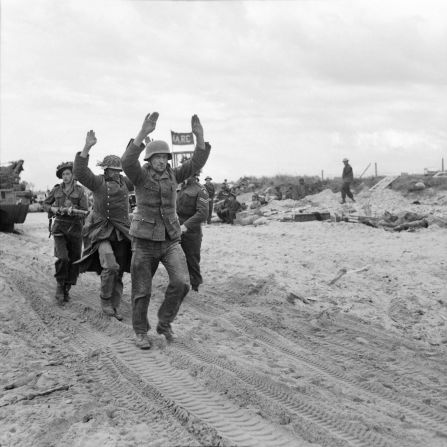


American troops storm the beaches of Normandy, France, on June 6, 1944.Robert F. Sargent/Getty Images



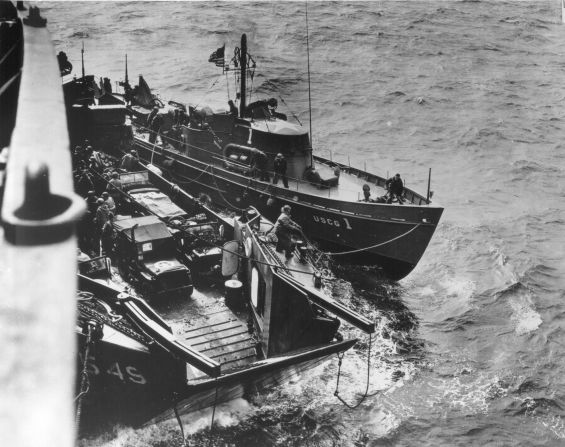
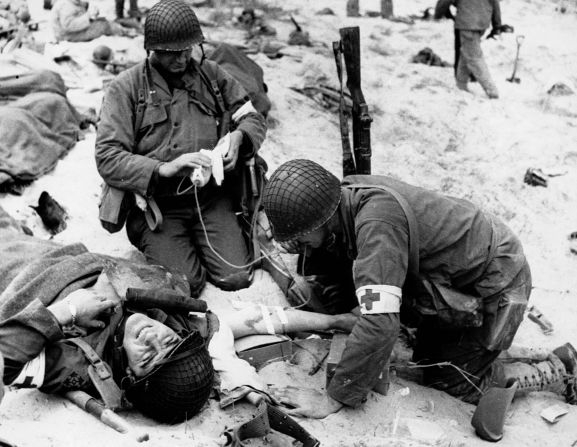
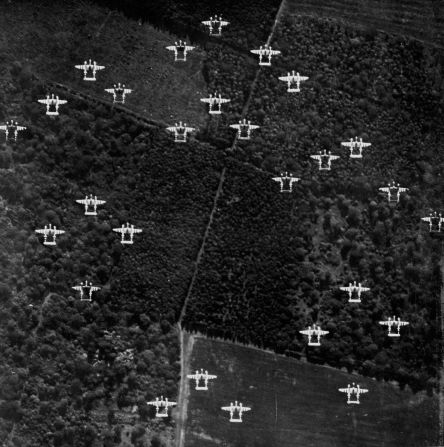

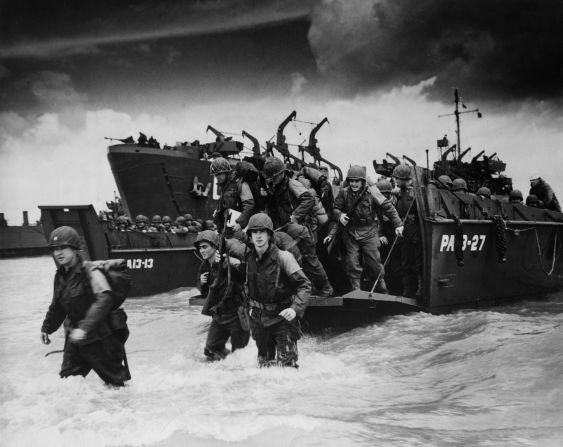


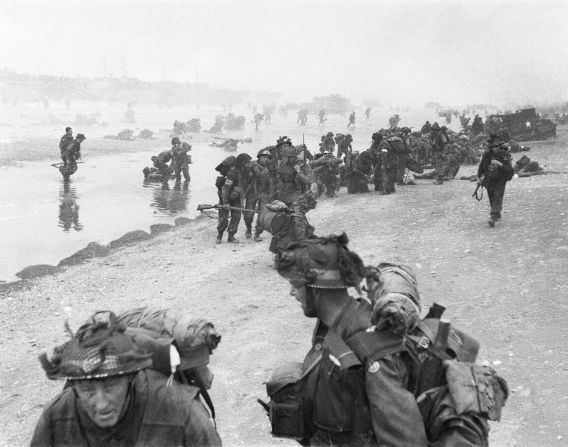
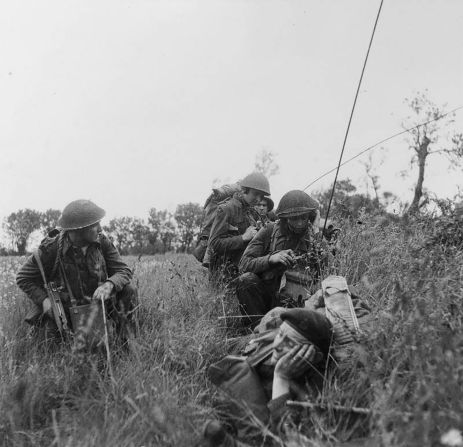
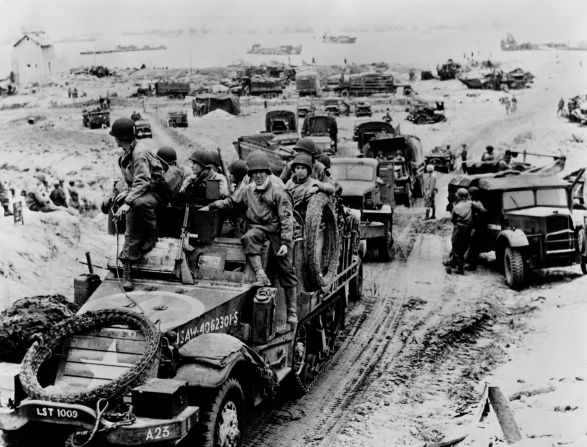
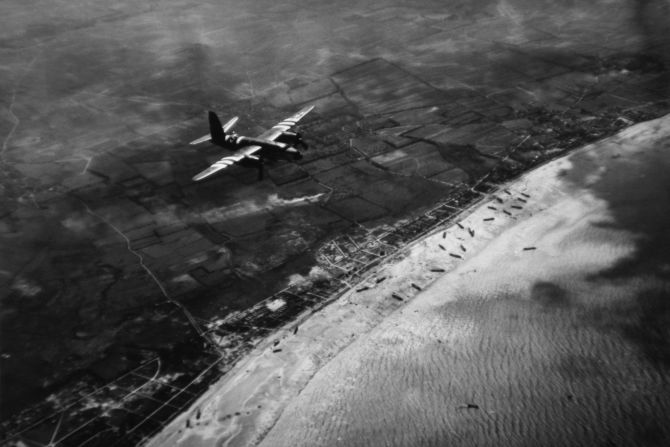

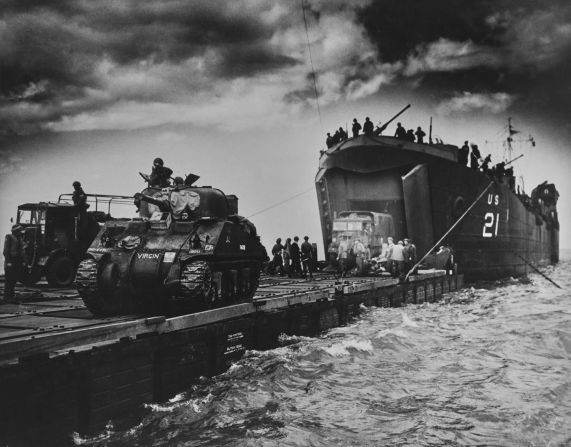





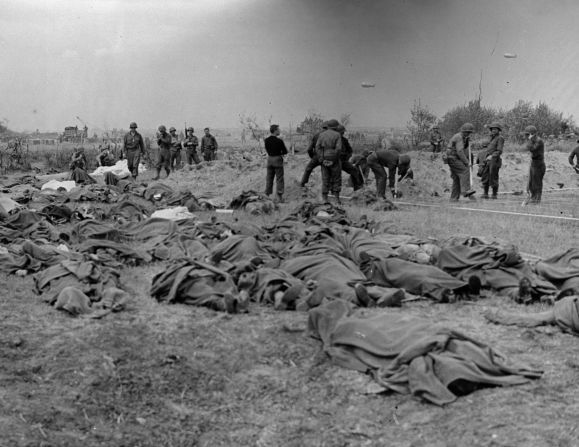




The D-Day landings, in pictures
1 of 25PrevNext
Charles also spoke in French, thanking the people of France for their “warmth” and “generosity” towards D-Day veterans, which he said is the “most moving and memorable part of these anniversaries.”
While the King traveled to France for commemorations, he is not expected to join world leaders – including Macron and his US counterpart Joe Biden – later Thursday as they gather at Omaha Beach to honor troops for their bravery and sacrifice eight decades ago. Instead, Prince William will represent Britain’s royal family at the international ceremony at Omaha Beach.
The optics of seeing the Prince of Wales instead of his father will not be lost on those within the royal household, as well as royal-watchers. Nonetheless, CNN understands that it wasn’t a deliberate orchestration.
Seeing the future monarch in the company of other heads of state is a powerful visual and speaks to the longer transition which will prepare the public for King William V’s reign.
King Charles also only recently returned to public engagements after getting the green light from his doctors who were “encouraged” by his progress.
He is continuing to receive treatment and each engagement the 75-year-old sovereign carries out is being reviewed and adapted where necessary by his medical team to ensure his continued recovery.
That simple reason of following medical advice appears to be behind the King’s absence at the international commemoration on Thursday afternoon. A royal source told CNN that it was considered a step too far at this stage but that the monarch was delighted the Prince of Wales was representing the nation.
William, 42, has been an ever-present fixture as the royal family marked the D-Day anniversary in recent days. Earlier Thursday, the heir to the British throne paid tribute at the Canadian commemorative ceremony at the Juno Beach Centre in Courseulles-Sur-Mer, where he joined veterans as well as current serving personnel before making a speech and laying a wreath.
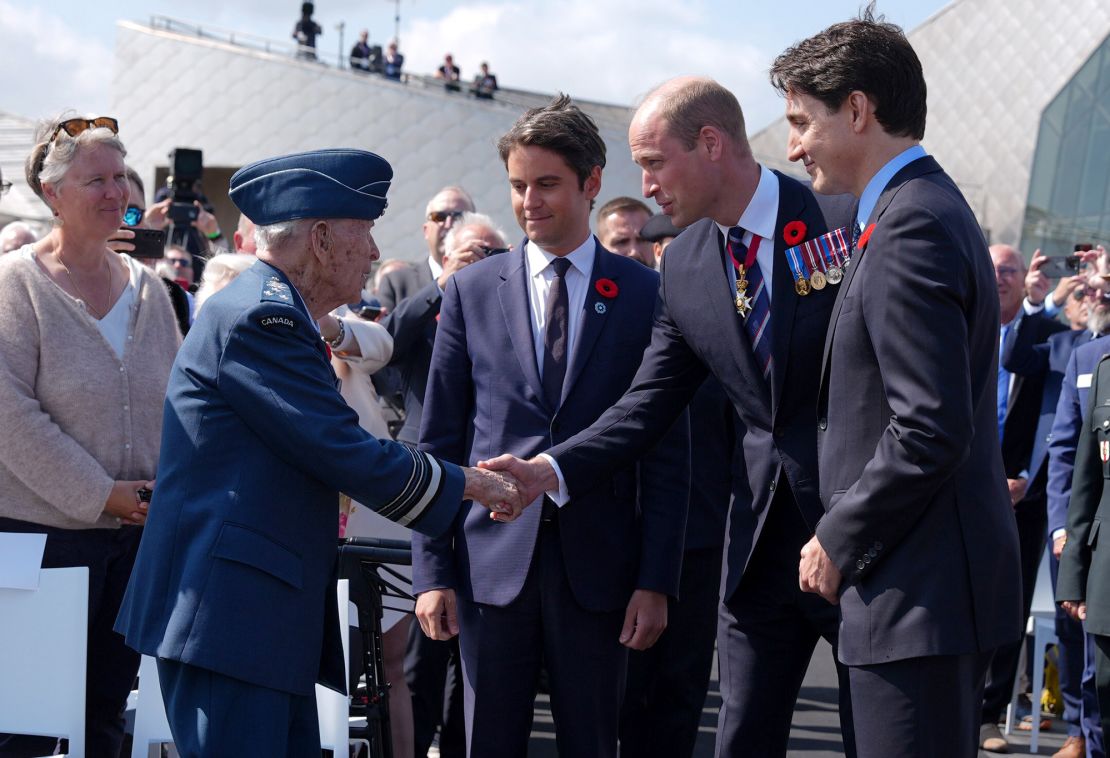
Prince William meets Richard Rohmer, 100, one of the most decorated Canadian veterans, accompanied by the Prime Minister of France Gabriel Attal and Canadian Prime Minister Justin Trudeau during the Canadian government ceremony at Juno Beach on Thursday. Jordan Pettitt/Getty Images
A day earlier, William had joined Charles and Camilla at the UK’s national commemorative event in Portsmouth. The city on England’s south coast was one of the places Allied troops sailed from before the Normandy landings.
William paid tribute to veterans who “came from across our nation and from all walks of life to join in the fight against tyranny. Many of those that took up arms had never seen combat before, some were still only in their teens.”
Meanwhile, in his own moving speech, King Charles told crowds that “the stories of courage, resilience and solidarity” must not be forgotten and that they are a reminder “of what we owe to that great wartime generation.”
Charles added: “It is our duty to ensure that we, and future generations, do not forget their service and their sacrifice.”


